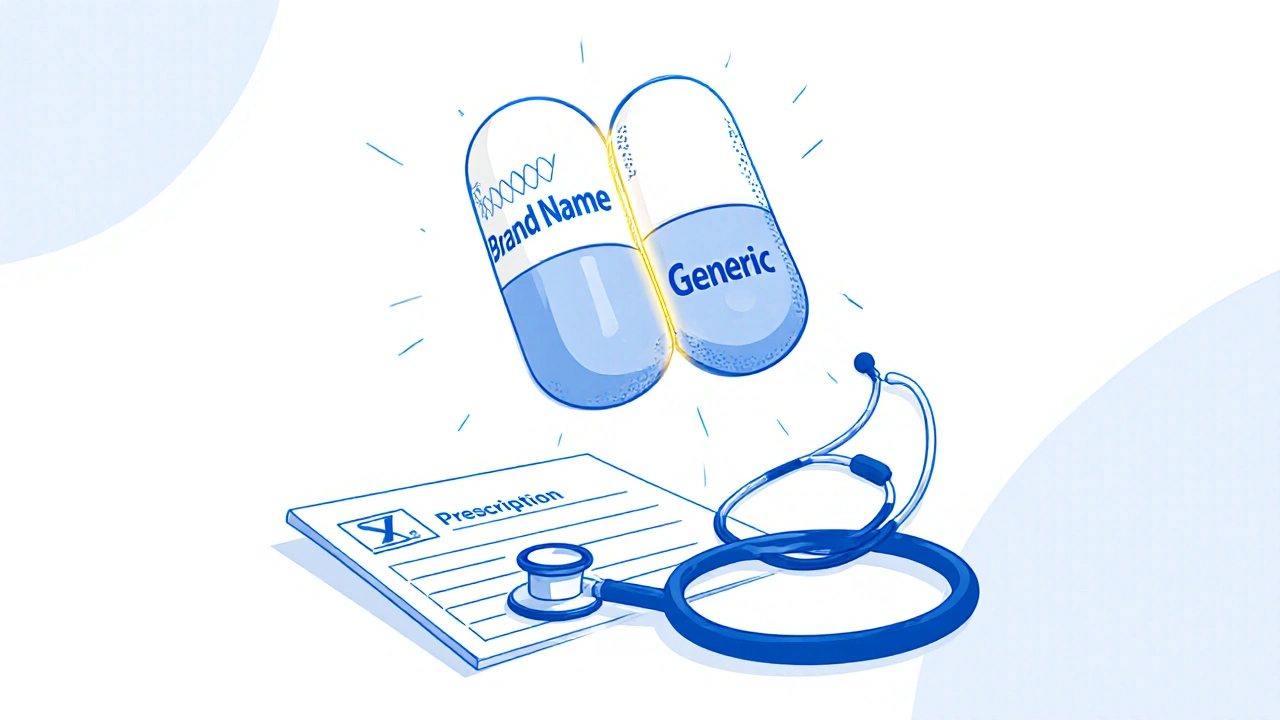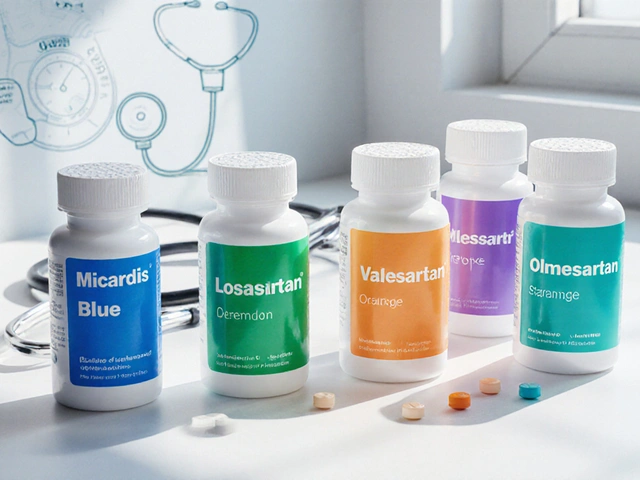
Every year, Americans fill over 4 billion prescriptions. About 90% of those are for generic drugs. That’s not a coincidence. It’s the result of a strict, science-backed system designed by the FDA to make sure a $5 generic pill works just as well as its $50 brand-name counterpart. But how does the FDA actually know this? What’s stopping a cheap copy from being less effective-or even dangerous?
It Starts with Bioequivalence
The FDA doesn’t require generic drug makers to repeat the massive clinical trials that brand-name companies ran to prove their drug works. That’s not because they’re cutting corners. It’s because they don’t need to. The brand-name drug already proved safety and effectiveness. The generic’s job is simpler, but far more precise: prove it behaves the same way in your body. That’s called bioequivalence. To meet FDA standards, a generic drug must deliver the same amount of active ingredient into your bloodstream at the same rate as the brand. Not close. Not almost. Exactly. The FDA requires the concentration of the drug in your blood-measured as AUC (area under the curve) and Cmax (peak concentration)-to fall within 80% to 125% of the brand’s levels. That’s not a guess. It’s a hard number, backed by clinical studies in 24 to 36 healthy volunteers. These studies are done under strict conditions. Some drugs are tested after fasting. Others are tested after eating. The FDA’s Bioequivalence Recommendations database, updated monthly, tells manufacturers exactly what’s needed for each drug. For example, a generic version of levothyroxine (a thyroid hormone) must meet tighter limits: 90% to 111%, because even tiny differences can cause serious health issues in patients.Identical Active Ingredient, Same Strength, Same Form
The generic must contain the exact same active ingredient as the brand. Not a similar one. Not a close cousin. The same chemical compound. It must also match the brand in strength-say, 10 mg of atorvastatin-with a tolerance of only ±5%. If the brand is a tablet, the generic must be a tablet. If the brand is a liquid, the generic must be a liquid. Same route of administration: oral, injectable, topical, inhaled. This isn’t just about chemistry. It’s about how your body absorbs the drug. A tablet that dissolves too slowly won’t work the same as one that dissolves quickly. That’s why manufacturers must prove their formulation behaves identically under lab conditions that simulate the human digestive system.Manufacturing Must Be Flawless
The FDA doesn’t stop at the drug itself. It inspects the factory where it’s made. Every generic drug plant-whether in the U.S., India, or Germany-must follow Current Good Manufacturing Practices (cGMP). That means:- Every batch is tested for identity, strength, purity, and quality.
- Equipment is cleaned and validated to prevent cross-contamination.
- Processes are documented and controlled to ensure consistency from one pill to the next.

Inactive Ingredients Can Differ-But Only If They’re Safe
Generics don’t have to match the brand’s fillers, dyes, or preservatives. That’s why some people say, “My generic looks different.” But those inactive ingredients-called excipients-must still be safe. The FDA maintains an Inactive Ingredient Database that lists approved excipients and their maximum allowable amounts for each route of administration (oral, injectable, nasal, etc.). For example, if a brand uses lactose as a filler, a generic can use corn starch instead. But if the generic contains a dye that’s known to trigger reactions in sensitive patients, it won’t get approved. The FDA doesn’t just accept any ingredient. It reviews each one for safety, even if it’s not in the brand-name version.The ANDA Process: Fast, But Not Easy
Generic companies submit an Abbreviated New Drug Application (ANDA)-not the full New Drug Application (NDA) that brand-name makers use. The ANDA is called “abbreviated” because it doesn’t include preclinical or clinical data on safety and efficacy. Instead, it focuses on chemistry, manufacturing, and bioequivalence. The process sounds simple. But in practice, it’s complex. A typical ANDA submission runs 30,000 to 50,000 pages. The bioequivalence section alone can be 5,000 to 10,000 pages of raw data, statistical analyses, and study reports. The FDA aims to review standard ANDAs in 10 months. In 2022, they met that goal 91.3% of the time. But nearly one-third of initial submissions are rejected outright-called a “Refuse-to-File” letter-for missing key information. Common reasons include poorly designed bioequivalence studies, labeling errors, or incomplete manufacturing details.Why Some People Still Doubt Generics
Despite all this, some patients report feeling different on a generic. A 2021 survey found 37% of independent pharmacists had patients express concerns about generic efficacy. These concerns are strongest for drugs with a narrow therapeutic index-like warfarin, lithium, or levothyroxine-where small changes in blood levels can cause side effects or treatment failure. The FDA acknowledges this. That’s why it created a list of Narrow Therapeutic Index Drugs in 2019 and requires stricter bioequivalence standards for them. Studies show that even in these cases, 99% of patients experience no clinical difference when switching from brand to generic. A 2023 analysis of 15 million patient records by IQVIA found no significant difference in outcomes between brand and generic versions of common drugs like metformin and atorvastatin. In fact, adherence rates were 3.2% higher with generics-likely because they cost less. Adverse event reports tell a similar story. The FDA’s database shows generics and brand-name drugs trigger adverse events at nearly identical rates: 1.7 per million prescriptions for generics versus 1.6 for brands.
Who Makes These Drugs-and Why It Matters
Most generic drugs are made by companies like Teva, Viatris, and Sandoz. But over half of all generic approvals go to smaller manufacturers. The FDA actively encourages competition to prevent shortages. In 2017, it launched the Generic Drug Competition Action Plan to push more companies into the market. Complex generics-like inhalers, injectable emulsions, or topical creams-are harder to copy. They cost up to $25 million to develop and are responsible for 45% of the most common reasons for FDA rejection in 2022. The agency has responded with targeted guidance and faster review pathways for these products.What’s Next for Generic Drugs?
The FDA is preparing for a wave of new generics. Over $260 billion in brand-name drug sales will lose patent protection between 2024 and 2028. Drugs like Humira and Eliquis are already opening the door for competition. To handle the surge, the FDA’s GDUFA III plan (2023-2027) allocates $1.1 billion to cut review times further-to 8 months for standard applications and 6 months for priority ones. It’s also expanding its Real-Time Oncology Review program to generic cancer drugs, aiming to cut approval times by 30%. By 2025, the FDA plans to launch a new pathway for biosimilars-generic versions of complex biologic drugs like insulin or monoclonal antibodies. This will be the next frontier in lowering drug costs.You Can Trust the Generic on Your Shelf
The FDA’s system isn’t perfect. But it’s rigorous, transparent, and science-driven. Every generic drug approved in the U.S. has passed the same quality tests as the brand. The active ingredient is identical. The dose is exact. The manufacturing is inspected. The absorption is measured down to the last decimal point. If your doctor prescribes a generic, you’re not getting a cheaper version of a drug. You’re getting the same drug-verified by the most trusted health agency in the world.Millions of people rely on generics every day. And every one of them is getting the same treatment as if they’d paid full price.



